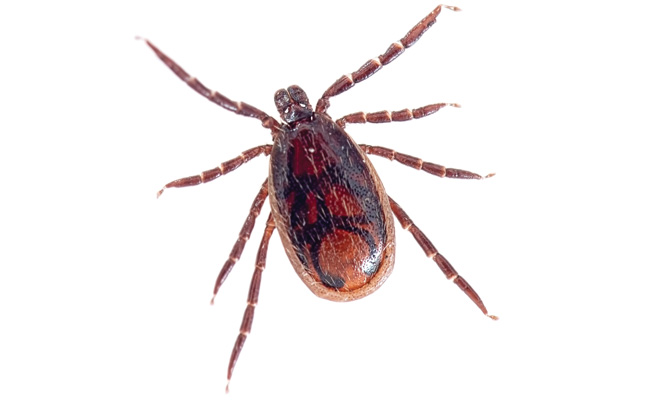
PHOTO: GOLDFINCH4EVER/ISTOCK / GETTY IMAGES PLUS/GETTY IMAGES
We asked Pest Management Professional‘s columnists and editorial advisory board members to share their favorite flea and tick inspection tips. Here are some of the experts’ responses — including a few extra that didn’t make it into our March 2021 print edition.
Please take a minute to answer our latest one-question poll on this topic and let us know your favorite inspection tips for fleas and ticks: Reader poll: Flea and tick inspection tips
PMP’s Editorial Advisory Board and Regular Contributors
Greg Baumann: “When inspecting for fleas indoors, remove your shoes or shoes and booties and put on oversized white tube socks, tucking in your pant legs. Fleas will sense movement, and you’ll easily see fleas that try to hop on for a meal. You’ll also get an idea of the most infested areas, and then you can look for the source.”
Michael Broder: “Whether inspecting indoors or outdoors, don’t look in the easy-to-access, open areas where people walk. Fleas and ticks will be in areas with much less traffic, under furnishings indoors and under bushes or tall grass outdoors.”
Foster Brusca: “During the inspection process for fleas, it is important to find out specifics about the property and the pet’s habits, like where the pets sleep and hang out, whether there are any dog or cat crates, and whether there are any pet beds. This will help you identify areas you need to focus on when performing your treatment.
“Also, walking the property, both inside and outside, with your client will provide great insights because they know their property better than you do. They will be able to point out specific areas where pets might rest, sleep or be kept during the day.”
Doug Foster: “When inspecting for fleas indoors, always start with pet bedding and/or cat trees where pets rest and sleep. Look for adult fleas or flea ‘dirt.’ When inspecting for ticks outdoors, use a tick drag and pull it through any tall or overgrown vegetation; questing ticks will attach to the cloth. You frequently will find adult and immature ticks in this manner, which will verify both the need for treatment and its success.”
Desiree Straubinger, BCE: “When inspecting for fleas, always have a white towel in your vehicle. You can lay that towel out on the carpet or grass, and when you stir up the surrounding area, you will see the fleas land on the towel.”
Leave A Comment